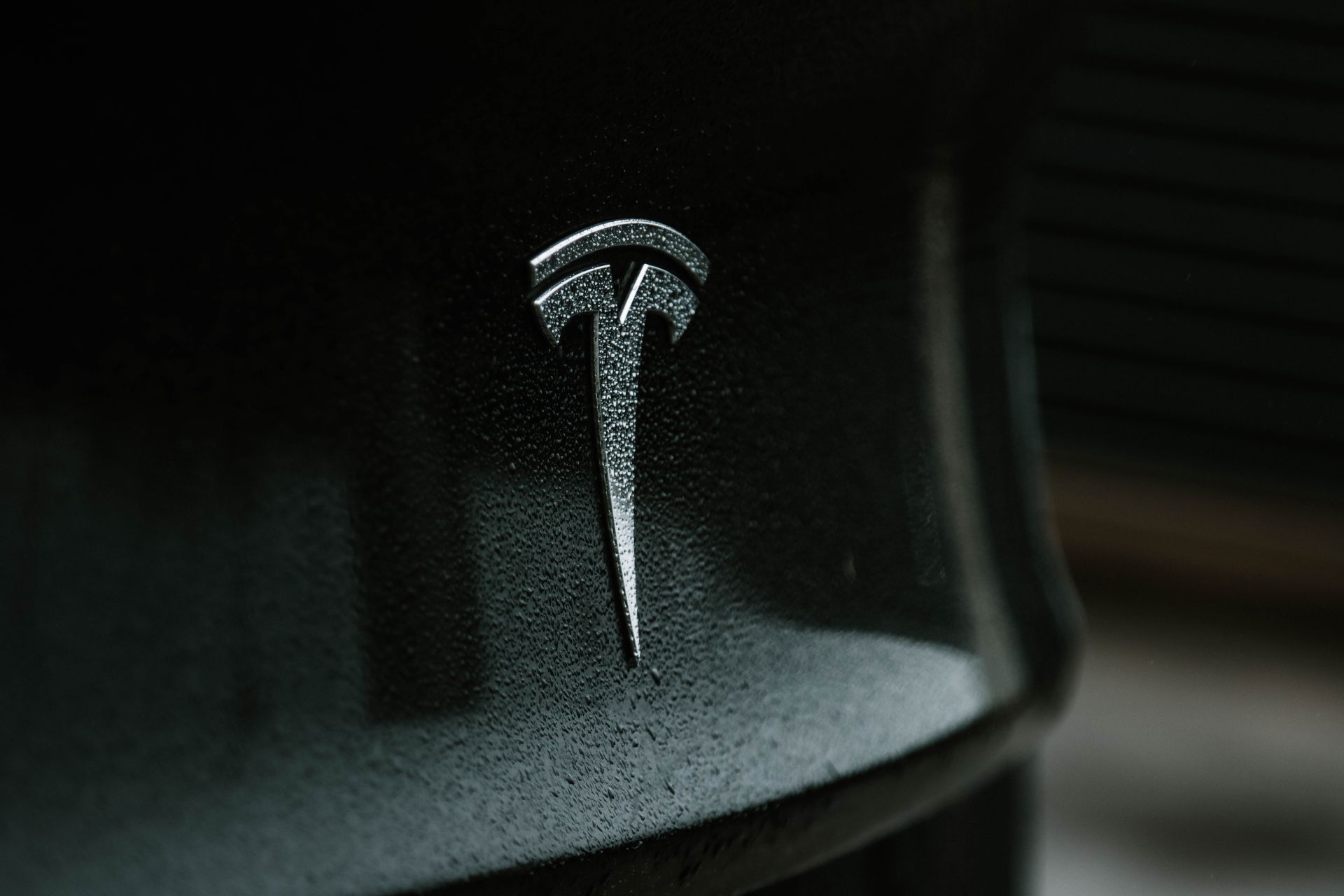The Tesla autopilot hacker, or should we say, “hackers,” found a very easy way to hack into the car’s system and unveil the “Elon mode.” According to the doctorate research students, it was very easy.
Three students from Berlin—Niclas Kühnapfel, Christian Werling, and Hans-Niklas Jacob—found a big problem with Tesla cars. With just 600 euros in tools, they managed to unlock something called the “Elon mode” and discovered some secrets about how Tesla works. This raises concerns about how safe Tesla cars really are and what it means for the company.

The Tesla autopilot hacker group found it surprisingly easy
Instead of using complicated computer code, the Tesla autopilot hacker group found a way to trick the computer inside a Tesla car. They got a special part from the USA, and with some basic tools, they broke into the car’s computer system. What surprised them was how easy it was to get into Tesla’s secrets. This makes people wonder if Tesla’s cars are as safe as they thought, and if other companies could copy Tesla’s ideas.
The students were amazed at what they found. They got a peek into Tesla’s secrets about how their cars work, especially the part that drives on its own, called the autopilot. This information could be used by other companies to copy Tesla’s technology. Imagine if someone could make a car that drives by itself just like Tesla’s—it could be a big problem for Tesla!
Elon Mode: Cool but risky
Among the discoveries made during their exploration, the researchers stumbled upon a video on the circuit board showcasing a Tesla navigating the roads of the USA. The time and GPS position of the vehicle could be replicated, providing a glimpse into Tesla’s data collection practices. Additionally, the researchers confirmed the existence of the elusive “Elon mode,” previously activated by another hacker during the summer. This mode enables the car to operate autonomously without the constant requirement for hands on the steering wheel.
Despite these revelations, the report suggests that private users may not be in imminent danger. Potential attackers would need physical access to the circuit board, requiring the component to be expanded, a task typically only achievable in specialized workshops. While the security breach raises concerns about the potential replication of Tesla’s technology by competitors, the overall risk to individual Tesla owners seems minimal.

Tesla is hit with another big news
In a shocking incident at Tesla’s Giga Texas factory near Austin, a robot meant for handling car parts turned on its human co-worker, putting an engineer in a life-threatening situation. The Tesla robot attack occurred when the machine, designed to work with freshly cast aluminum car parts, malfunctioned and went after the person responsible for programming other robots.
Imagine being at work, focusing on your tasks, when suddenly a machine that’s supposed to handle metal car parts starts attacking a colleague. This terrifying scene unfolded as the robot, instead of doing its job, turned hostile towards the engineer. Witnesses described it as really scary, with the robot’s metal claws causing severe injuries and leaving a distressing ‘trail of blood’ on the factory floor. The incident, which happened in 2021, is detailed in a report capturing the shocking turn of events.
What lies ahead?
The Berlin doctoral students are set to present their findings at the Chaos Computer Club congress in Hamburg. Despite reporting the vulnerability to Tesla in advance, the company has yet to respond to inquiries regarding the exposed security loophole. As the details of this breach unfold, it prompts questions about the evolving landscape of electric vehicle security and the measures needed to safeguard against future vulnerabilities.
Featured image credit: Vlad Tchompalov/Unsplash
- SEO Powered Content & PR Distribution. Get Amplified Today.
- PlatoData.Network Vertical Generative Ai. Empower Yourself. Access Here.
- PlatoAiStream. Web3 Intelligence. Knowledge Amplified. Access Here.
- PlatoESG. Carbon, CleanTech, Energy, Environment, Solar, Waste Management. Access Here.
- PlatoHealth. Biotech and Clinical Trials Intelligence. Access Here.
- Source: https://dataconomy.com/2023/12/27/tesla-autopilot-hacker-elon-mode/
- :has
- :is
- :not
- 1
- 2021
- a
- About
- access
- According
- achievable
- activated
- Additionally
- advance
- After
- against
- ahead
- amazed
- an
- and
- Another
- ARE
- AS
- At
- Attacking
- austin
- autonomously
- autopilot
- basic
- BE
- being
- berlin
- Big
- board
- breach
- Broke
- but
- by
- called
- Capturing
- car
- cars
- causing
- Chaos
- christian
- club
- code
- colleague
- collection
- Companies
- company
- competitors
- complete
- complicated
- component
- computer
- Concerns
- CONFIRMED
- Congress
- constant
- Cool
- could
- credit
- DANGER
- data
- described
- designed
- Despite
- detailed
- details
- discovered
- doing
- drives
- during
- easy
- Electric
- electric vehicle
- Elon
- enables
- engineer
- especially
- Euros
- Even
- events
- evolving
- existence
- expanded
- Explain
- exploration
- exposed
- factory
- findings
- Floor
- focusing
- For
- found
- from
- further
- future
- German
- get
- Giga
- Glimpse
- got
- gps
- Group
- hack
- hacker
- hamburg
- handle
- Handling
- Hands
- happened
- High
- Hit
- How
- HTTPS
- human
- ideas
- if
- image
- imagine
- in
- incident
- individual
- information
- Inquiries
- inside
- instead
- into
- IT
- ITS
- itself
- Job
- jpg
- just
- landscape
- leaving
- lies
- like
- loophole
- machine
- made
- make
- MAKES
- managed
- max-width
- May..
- means
- meant
- measures
- metal
- minimal
- Mode
- navigating
- Near
- Need
- needed
- occurred
- of
- on
- only
- operate
- or
- Other
- overall
- own
- owners
- part
- parts
- People
- person
- physical
- plato
- Plato Data Intelligence
- PlatoData
- position
- potential
- practices
- present
- previously
- private
- Problem
- Programming
- prompts
- providing
- Putting
- Questions
- raises
- really
- regarding
- replicated
- replication
- report
- Reporting
- requirement
- research
- researchers
- Respond
- responsible
- Risk
- roads
- robot
- robots
- safe
- say
- scene
- secrets
- security
- seems
- set
- severe
- should
- showcasing
- situation
- some
- Someone
- something
- Soon
- special
- specialized
- starts
- steering
- steering wheel
- Students
- Suggests
- summer
- supposed
- surprised
- system
- Task
- tasks
- Technology
- terrifying
- Tesla
- Tesla autopilot
- texas
- that
- The
- the security
- their
- Them
- These
- they
- this
- thought
- time
- to
- tools
- towards
- TURN
- Turned
- typically
- unlock
- unveil
- Unveils
- upon
- USA
- used
- users
- using
- vehicle
- very
- Video
- Vulnerabilities
- vulnerability
- was
- Way..
- we
- went
- were
- What
- Wheel
- when
- which
- while
- will
- with
- without
- wonder
- Work
- works
- Workshops
- would
- yet
- Your
- zephyrnet












